After our previous guides in the Produce Explained series, I’m sure you’ll be able to tell the difference between common leafy greens, flour, chillies, sugar, salt, and more.
Today, let’s take a walk down the dairy products aisle, and take a closer look at milk. When we mention milk, we tend to think of cow’s milk. Of course, we’ll also be exploring dairy-free alternatives, so lactose-intolerant individuals needn’t fret.
Milk is said to have many health benefits. I’m sure that as children, most of us have heard our mothers nagging us to drink more milk so that we can grow up tall and strong. And it’s true—cow’s milk and other non-dairy alternatives are packed with nutrients.
In the kitchen, we use milk for a variety of recipes—from most baking recipes and desserts, to sauces, to creamy dishes like mac ‘n’ cheese, and more. With more and more aspiring home cooks and home bakers during this ‘Circuit Breaker’ period, I’m sure those of us who are starting out would be overwhelmed by the different types of milk you can find in the supermarket aisles.
It can get dizzying, when you try and decide between full-cream milk, low-fat milk, UHT milk and more. And what’s up with almond milk, coconut milk, soy milk and other non-dairy alternatives?
Let’s find out.
—Dairy—
I’m sure you’ve come across the term ‘pasteurised milk’, but what does it actually mean? Pasteurisation is a process that heats up milk, in order to eliminate any potentially harmful bacteria. Singapore’s regulations state that all milk sold here must be pasteurised.
1. Whole Milk
What it is:
Also known as ‘full cream milk’, whole milk refers to milk in its purest form—after pasteurisation, of course. Short of ingesting raw milk, this is the closest we can get to what the cow produced.
Whole milk contains around 3.5% of milk fat, so it’s definitely not as “fattening” as the 100% milk-fat that its name seems to suggest.
Some common brands offering whole milk that you can find in supermarkets include Meiji Fresh Milk, F&N Magnolia Fresh Milk, Marigold 100% Fresh Milk, and more.
What makes it unique:
Whole milk might be one of the most misunderstood types of milk—many drop ‘full cream’ milk from their diets in a bid to be healthier, but whole milk actually has more nutrients than its low-fat counterparts.
Vitamins A, D, E and K are found in whole milk, and they’re fat-soluble—which means your body can only absorb them when they enter your digestive tract together with fats. In low-fat and non-fat milk, these vitamins get taken out when milk producers take out the cream.
What it’s used in:
Whole milk works in any recipe that calls for milk, and it’s preferred because some say the higher fat content makes the resulting dish taste richer.
For desserts like pudding and custard, as well as sauce recipes, if the recipe calls for whole milk, stick to it. The fat content of whole milk is what contributes to that silky texture and creamy mouthfeel.
Price: From S$3.20
2. Low-Fat Milk
What it is:
When you hear low-fat milk, you’re likely to think that this is the healthier milk option. There are a few varieties of low-fat milk, including 2% milk, 1% milk. 2% milk is also known as reduced-fat milk, and contains 2% milk-fat content, while 1% milk contains 1% milk-fat content.
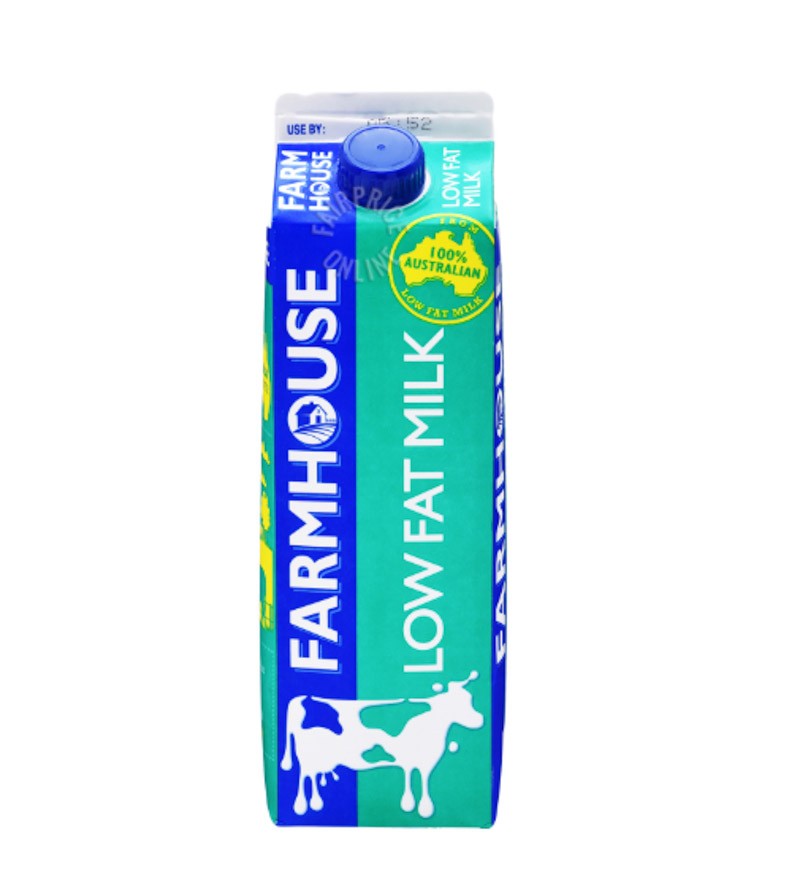
Credit
Common brands you’ll be able to find along the supermarket aisle in Singapore include Meiji Low Fat Fresh Milk, F&N Magnolia Low Fat Hi-Cal Milk, Cowhead 100% Fresh Milk – Low Fat, and more.
What makes it unique:
If you’re looking to cut some calories but can’t do without milk, you can try low-fat milk. Compared to whole milk, a cup of low-fat milk contains approximately 102 calories, while a cup of whole milk weighs in at around 146 calories.
Unfortunately, the trade-off comes in the form of nutrients. Whole milk has 183mg of Omega-3 per cup, while low-fat milk only has a measly 9.8mg.
What it’s used in:
For the health-conscious, you can swap out whole milk with low-fat milk varieties, the next time you’re baking.
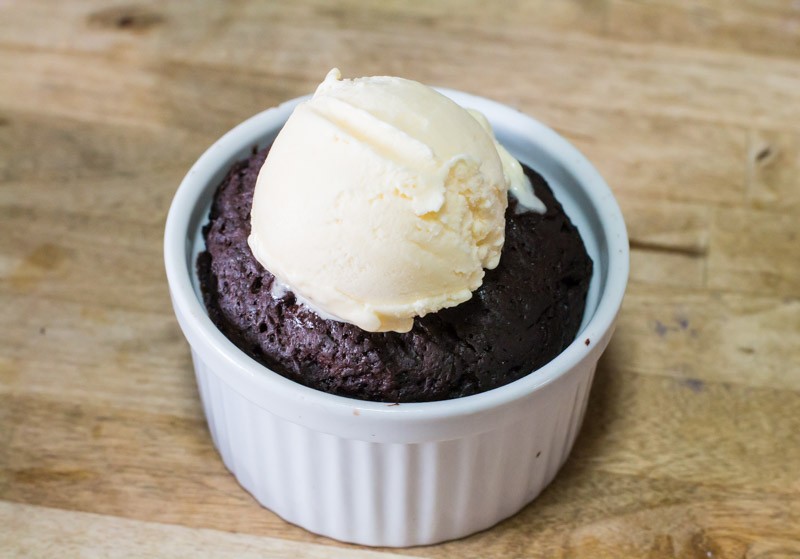
Personally, I don’t find that it affects the taste, though some claim that low-fat milk is less creamy. If you’re baking cakes and cookies, switching to low-fat milk is fine, but it’s a big no-no for puddings and custards.
Price: From S$3.30
3. Non-fat milk (Skim/skimmed milk)
What it is:
Non-fat milk technically isn’t completely fat-free—it contains 0.1% milk-fat. It’s also thinner in consistency when compared to whole milk, and doesn’t taste as “creamy” too.
If you’re looking for non-fat milk in supermarkets, it’s not as common in Singapore but there’s Meiji Skimmed Milk which comes in 2L cartons.
What makes it unique:
If you’re looking to lose weight and milk is a big part of your diet, then you might want to consider switching to non-fat milk. With just 80 calories per cup of non-fat milk, it’s suitable for the weight-conscious.
You shouldn’t use this as a substitute for whole milk in baking, though. The significantly lower fat content in skimmed milk does funky things to your bakes.
What it’s used in:
Stick to keeping non-fat milk for drinking, and definitely not for baking.
Price: From S$5.90
4. Condensed Milk
What it is:
This much sweeter version of regular milk is what you get when you order kopi (coffee with milk) in our coffeeshops. Condensed milk is actually cow’s milk with about 60% of the water removed, and it’s most often found with sugar added too.
Thick, gooey and sweet, condensed milk can be kept for years in the fridge if unopened.
A number of recipes call for condensed milk as an ingredient, and you can find it in supermarkets from brands such as FairPrice Full Cream Sweetened Condensed Milk and Milkmaid Sweetened Condensed Milk.
What makes it unique:
Because there’s much less water, condensed milk has a concentrated creaminess and fullness beyond that of whole milk. The sweet, milky flavour really shines through.
What it’s used in:
Since it’s much more viscous than regular milk, condensed milk is perfect for creamy recipes that need to set solid, such as fudge and homemade ice cream. Plus, it’s one of the three kinds of milk needed in a tres leches cake.
Aside from the usual coffeeshop drinks like kopi and teh, condensed milk is also used in drinks like Vietnamese iced coffee.
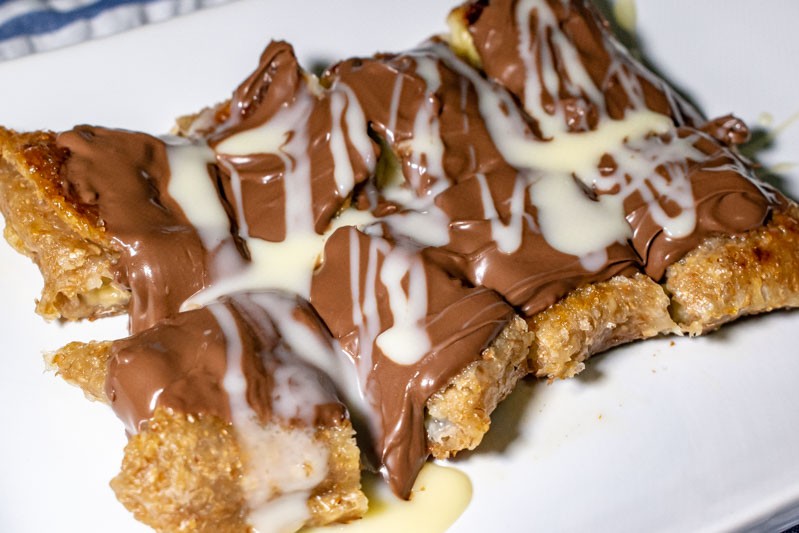
You can also drizzle it over desserts for even more sweetness, like in our Thai Banana Nutella Pancake recipe.
Price: From S$1.30
5. Evaporated Milk
What it is:
Also known as ‘unsweetened condensed milk’, evaporated milk is what you get when you remove 60% of the water from fresh milk.
After the water is removed, evaporated milk is chilled and stabilised, then packaged and sterilised at 115°C to 118°C.
It’s fairly easy to find in our supermarkets, with brands such as the famous Carnation Evaporated Milk, Marigold Evaporated Milk, and F&N Evaporated Filled Milk.
What makes it unique:
Because of the high heat process, it causes the Maillard reaction and evaporated milk holds a slight caramelised flavour. It also looks darker in colour than fresh milk.
This also concentrates the nutrients in the milk, so you actually get more nutrients and calories per unit volume in evaporated milk, than in fresh milk. The sterilisation grants evaporated milk a much longer shelf life of months or even years.
What it’s used in:
“Kopi C, siew dai (less sugar)!” Sounds familiar? This oft-heard call in coffeeshops by our beloved drinks stall aunties refer to coffee with evaporated milk and less sugar. The letter ‘C’ in the drink name actually comes from the brand Carnation.
Evaporated milk is used in beverages (instead of fresh milk) for creamy richness.
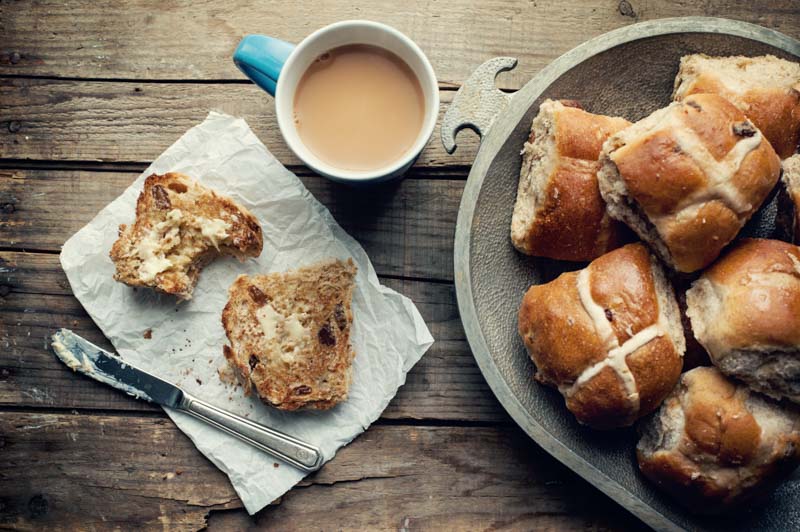
Credit
You can also use it as an ingredient substitute—for whipping cream, and for half-and-half. Try swapping out water in bread recipes like hot cross buns, and it’ll add more flavour. It’s spectacular in mac ‘n’ cheese, too.
Price: From S$1.15
6. UHT Milk
What it is:
If you see UHT milk in supermarkets, it’s usually not refrigerated alongside the other dairy products.
UHT milk goes through ‘ultra-heat treatment’, which means it undergoes pasteurisation at 135°C for a minimum of two seconds. It’s then put into sterile packaging, and has a shelf life of up to nine months.
Look out for brands like Farmhouse UHT Milk, Cowhead UHT Milk, Dutch Lady UHT Milk, and more.
What makes it unique:
Most kinds of milk are pasteurised between 62.8°C to 72°C, but UHT milk gets heated up at a much higher temperature. The process kills or deactivates all harmful bacteria, which makes it less likely to give you any intestinal issues. This also means that unopened UHT milk doesn’t have to be refrigerated.
Because of the high heat, it can cause Maillard browning and UHT milk tastes slightly different from regular milk that we’re used to. Specifically, some have said UHT milk has a slight “burnt” taste, much like the char on toasted marshmallows.
What it’s used in:
The flavour of UHT milk means that it’s usually not used in baking. If you’re using milk as part of a recipe, using UHT milk might affect the dish.
Most likely, you’ll just pour a refreshing glass of UHT milk to drink, or to add to coffee and tea.
Price: From S$2.10
—Non-dairy—
For those who are lactose intolerant, don’t fret. These non-dairy alternatives can serve as substitutes, both for cooking and drinking.
7. Coconut Milk
What it is:
You get coconut milk from the grated pulp of mature coconuts. Opaque and milky-white, coconut milk has high oil content (mostly saturated fat). Depending on the amount of fat, coconut milk can be further categorised as coconut cream, thin coconut milk (20% fat at most), and coconut skim milk with a negligible amount of fats.
Filtered through a mesh, then double-boiled at around 70 °C, the coconut milk is then transferred to containers and sealed before being cooled down.
You can find coconut milk along our supermarket aisles with a little searching, and brands include UFC Velvet Dairy Free Coconut Milk for drinking, and Ayam Brand Coconut Milk for cooking.
What makes it unique:
Coconut milk contains high amounts of potassium, and it’s also a good source of fibre and iron. Fortified with Vitamin D and calcium, coconut milk can be just as healthy for you.
Do note that coconut milk intended for cooking cannot be used for drinking.
What it’s used in:
Southeast Asian cuisine boasts an abundance of recipes which call for coconut milk. Most curries use coconut milk for fragrance and creamy mouthfeel. Our beloved nasi lemak also wouldn’t be possible without coconut milk for the rice.
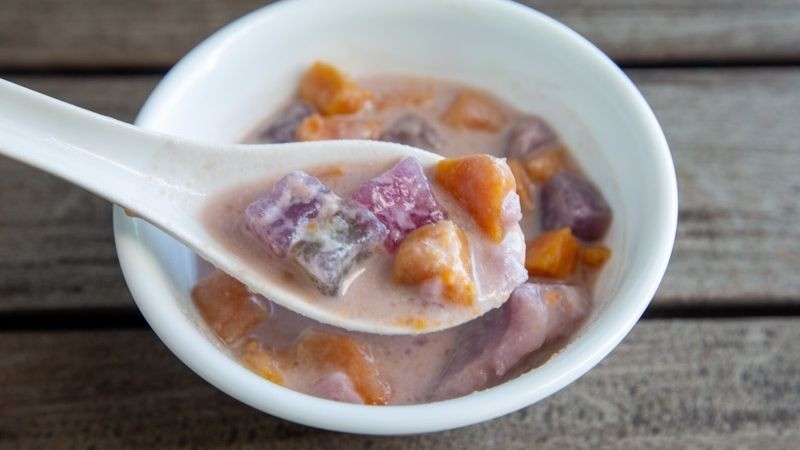
Of course, coconut milk also features prominently in local desserts like chendol, pulut hitam, bubur cha cha and more.
Price: From S$0.90 (for cooking) | From S$4.30 (for drinking)
8. Almond Milk
What it is:
Almond milk is plant-based milk made from almonds, with a creamy texture and nutty flavour.
It’s made by blending (usually blanched, skinless) almonds with water, then straining the mixture. You can find both sweetened and unsweetened types of almond milk, though of course unsweetened would be healthier.
Some brands you can find along our supermarket aisles include UFC Velvet Almond Milk, Pacific Organic Almond Milk, and more.
What makes it unique:
Aside from being a good non-dairy alternative for those who are lactose intolerant, almond milk also has a host of health benefits.
It’s naturally rich in Vitamin E, thiamine, riboflavin and magnesium, and low in calories—which is great if you’re watching your calorie intake, though avoid those with added sugar.
The main fatty acid in almond milk is oleic acid, which is also associated with a reduced risk of heart disease.
You can find almond milk in supermarkets, with brands like UFC Velvet Almond Milk and 137 Degree Real Almond Milk.
What it’s used in:
You can use almond milk as a milk replacement. Add it to your morning cereal, to your daily cup of coffee or tea, mix it into your smoothies—the possibilities are endless.
The creamy texture and nutty taste will certainly kick things up a notch.
Price: From S$4.95
9. Soy Milk
What it is:
This common plant-based milk is made by soaking and grinding soybeans. The mixture is boiled, then any remaining particles are filtered out. Soy milk in its original form is actually the natural by-product from tofu manufacturing, and it originated from China, known as doujiang.
Taste-wise, soy milk can differ quite a bit depending on the type of soybean used to produce it. The preferred qualities include smooth, thick mouthfeel, and milk-like creaminess.
You can find soy milk in our supermarkets, with brands like F&N NutriSoy High Calcium Fresh Soya Milk, Marigold Power Beans Fresh Soya Milk, and more.
What makes it unique:
If you’re bothered by the ecological impact of your consumption, then you’ll be happy to know that using soybeans to make milk (instead of cows) is actually better for the environment. It produces less half than half the amount of greenhouse gases that cattle rearing does.
What it’s used in:
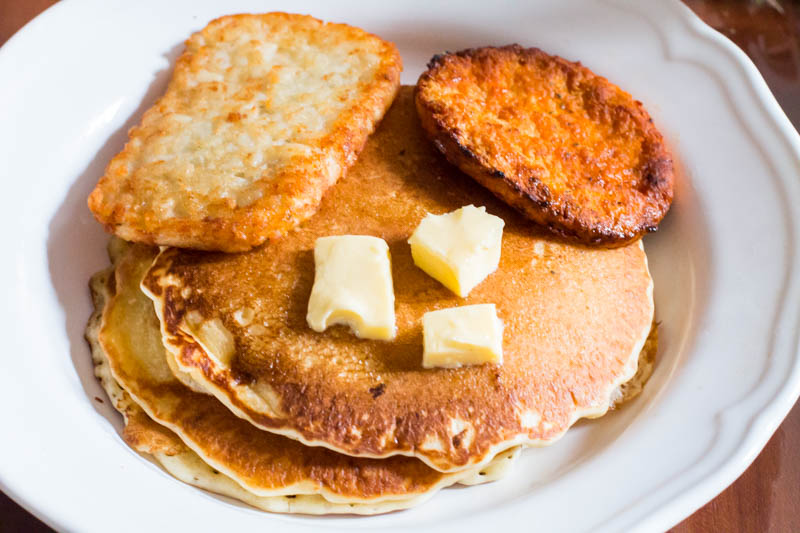
You can use soy milk as a substitute for regular milk in recipes like pancakes, bread, and other baked goods.
Soy milk is pretty common in East Asian recipes—Japanese dishes yuba and nabemono use soy milk as a base, while Korean cuisine uses to make the broth in kong-guksu, a cold noodle soup dish.
And of course, our local favourite: soy milk and you tiao.
Price: From S$1.95
10. Oat Milk
What it is:
If you frequent cafes for the coffee, chances are you would’ve heard of oat milk.
An up-and-coming lactose-free alternative, oat milk is made from steel-cut oats or whole groats that are soaked in water. It’s then blended and strained with cheesecloth, or even a special nut milk bag.
Check out these brands that you can find in our supermarkets: Vitasoy Oat Milk, Pureharvest Organic Oat Milk, Oatly Organic Oat Drink, and more.
What makes it unique:
Oat milk is generally gluten-free, which makes it a good option for those who are lactose and gluten intolerant.
It’s also quite nutritious—compared to other plant-based milk like almond, coconut and rice, oat milk has more protein. And oat milk has the highest fibre content, with each serving consisting of 2g of fibre.
What it’s used in:
Slightly thicker in consistency with subtle sweetness and creaminess, oat milk is great for drinking on its own, or in other beverages like cappuccinos and smoothies. Oat milk latte, anyone?
You can also use oat milk in creamy soups, and baked goods for a thick, creamy texture. Pro-tip: try oat milk in pancakes and waffles for a really hearty breakfast.
Price: From S$4.05
11. Rice Milk
What it is:
Exactly what it sounds like, rice milk is plant-based milk made from rice. Usually manufactured from brown rice and brown rice syrup, rice milk can sometimes be sweetened with sugar too.
It’s made by pressing rice through a grinding mill, after which it goes through filtration and is blended with water. You can actually try to make rice milk at home with rice flour and brown rice protein, or by boiling brown rice with water, then blending and filtering the mixture.
In our supermarkets, you can find brands like Australia’s Own Organic Rice Milk, Natura Brown Rice Original Milk, and more.
What makes it unique:
Good news for those who are plagued by allergies: rice milk is the least allergenic milk, which means it’s suitable for people who are lactose intolerant, or allergic to soy or cow’s milk.
Unfortunately, it contains almost no protein, so if you’re replacing your milk intake, then you’ll need to find other sources of protein.
What it’s used in:
Rice milk is thinner and has a more delicate texture than other non-dairy milk, which means that it’s good in light soups and sauces.
Its light, sweet flavour also makes it a good substitute in coffee, and to pair with cereal. If you happen to use rice milk for baking, you might need to add a thickening agent like flour or cornstarch.
Price: From S$4.50
With this handy list of types of milk—dairy and non-dairy alike—you’ll be well-equipped for your next baking adventure. And remember what your parents used to say about drinking milk? It certainly has lots of nutrients, so drink up.
The post Produce Explained: 11 Types of Milk You Should Know appeared first on SETHLUI.com.

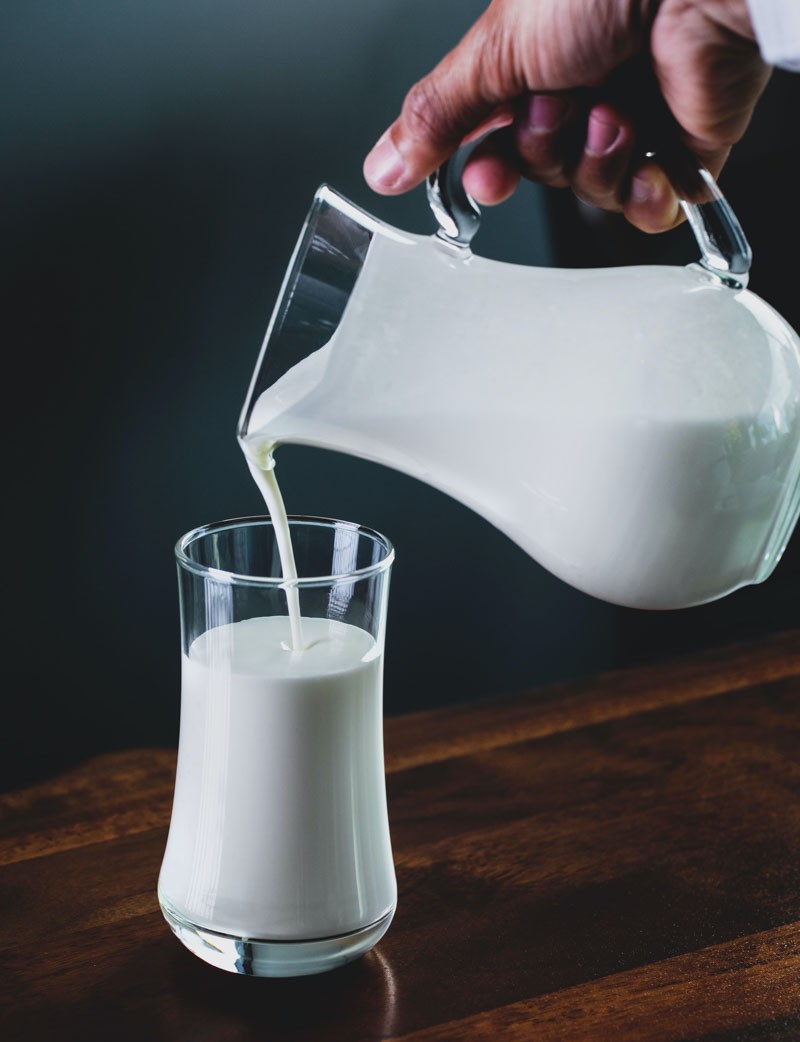
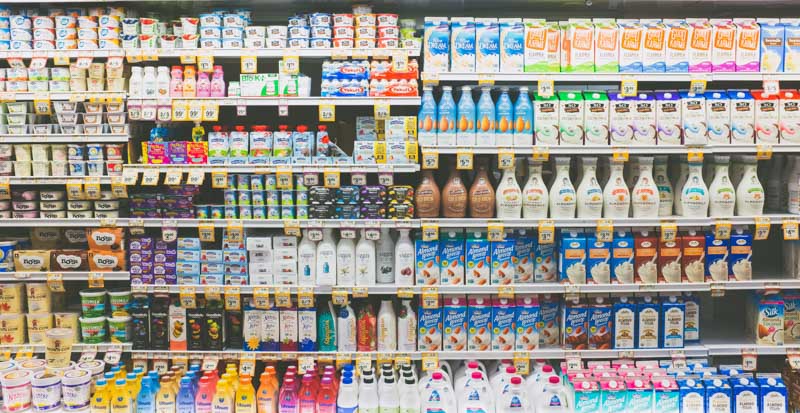

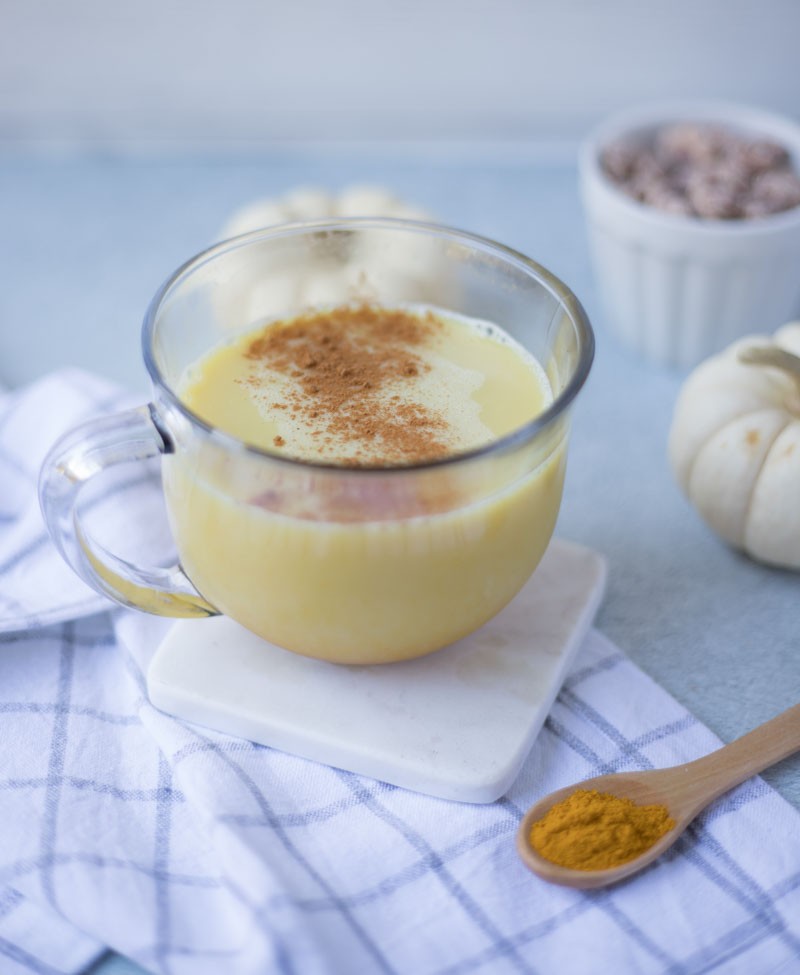

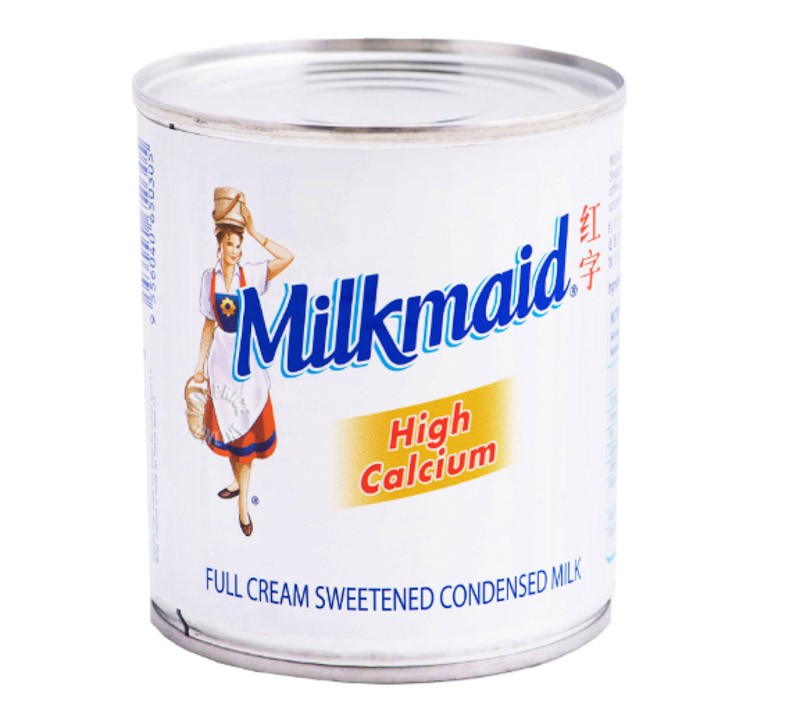
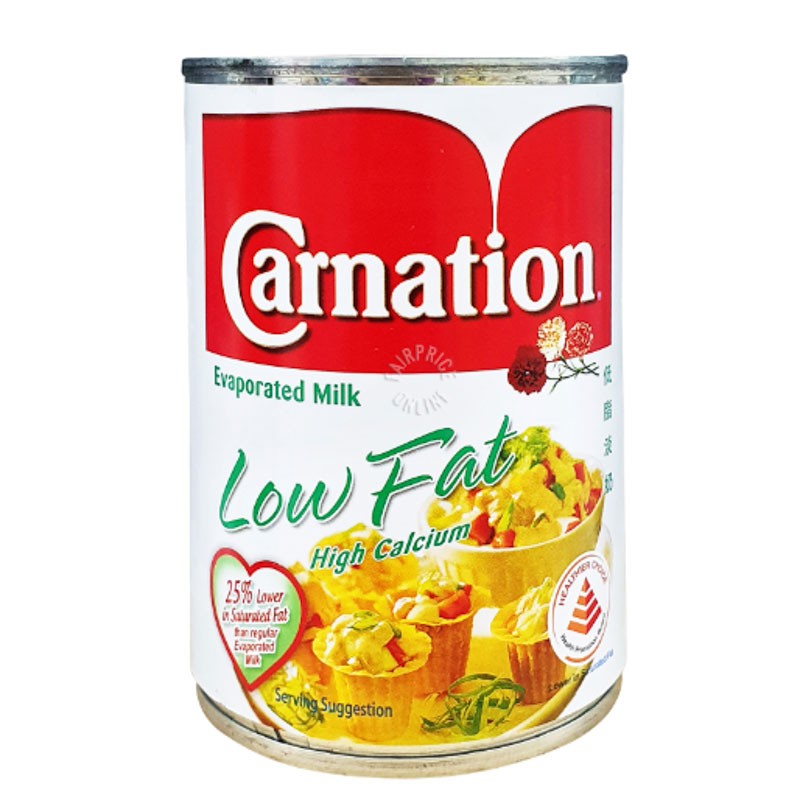
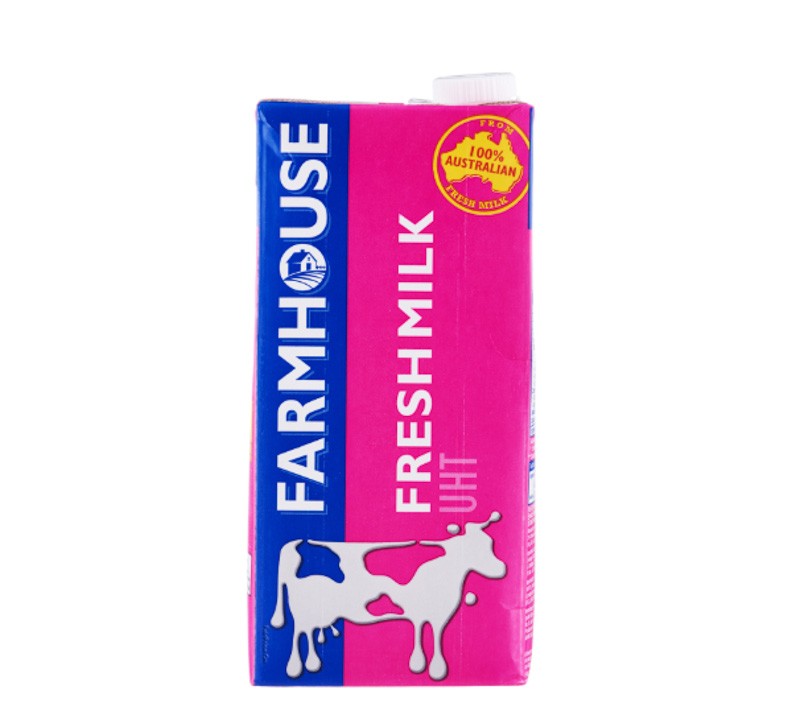
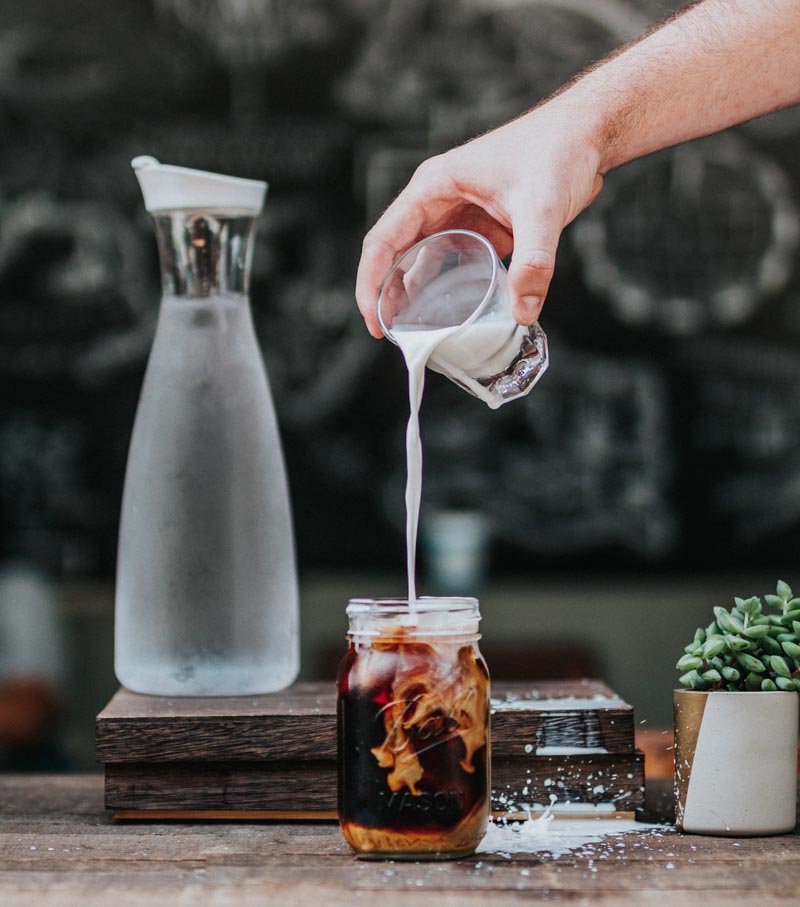
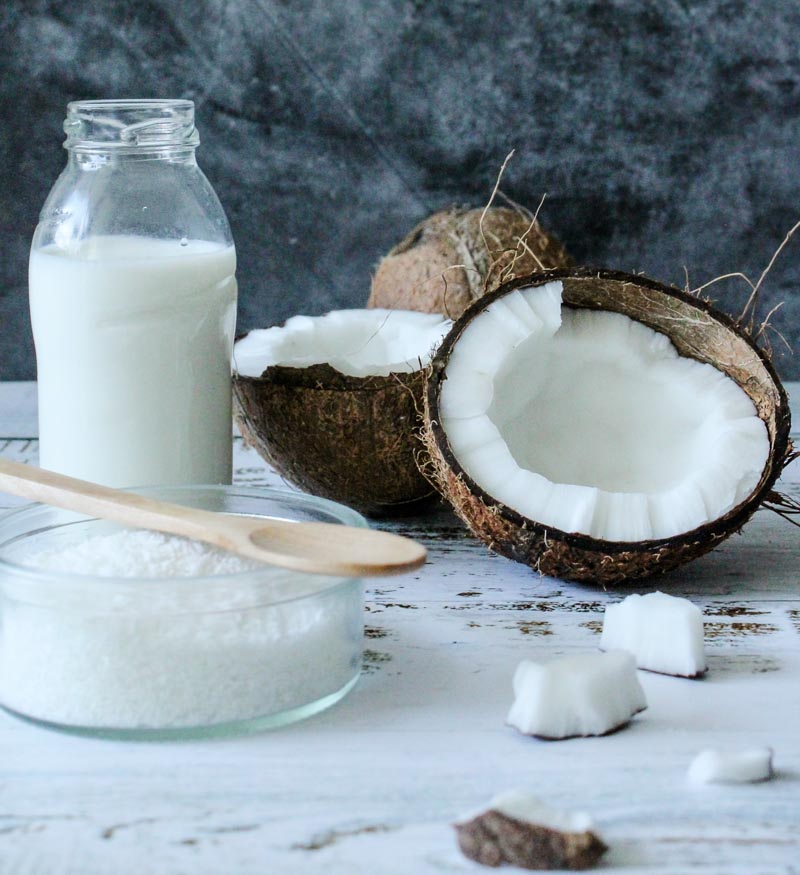
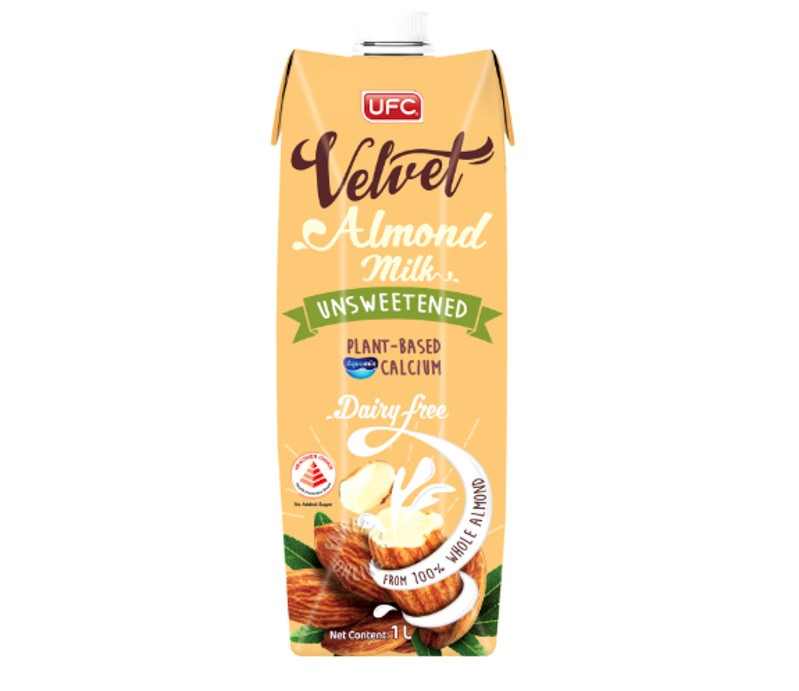
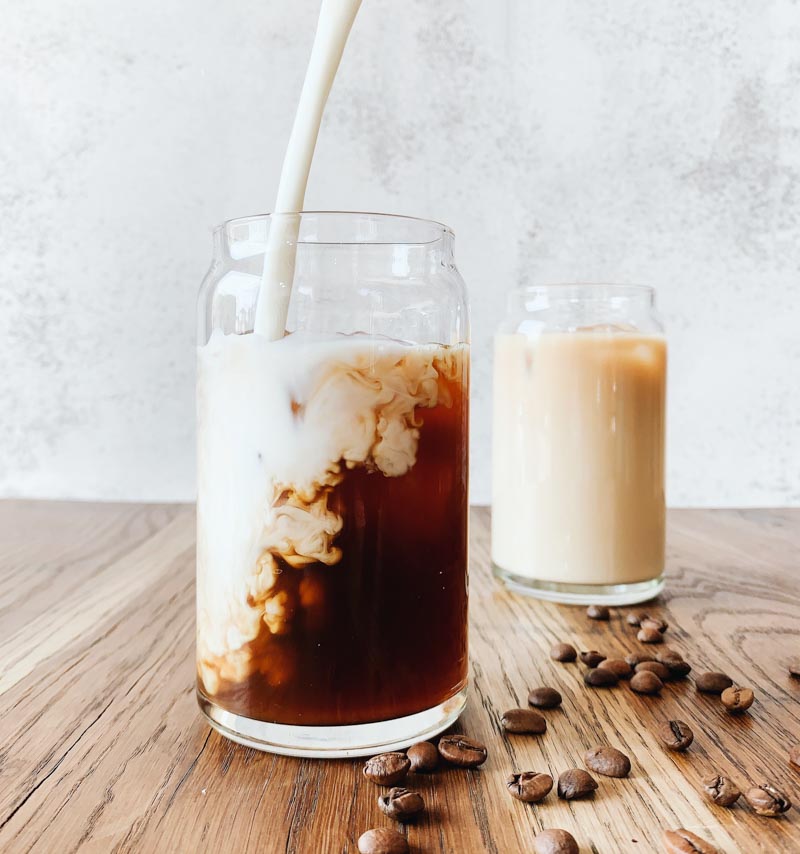
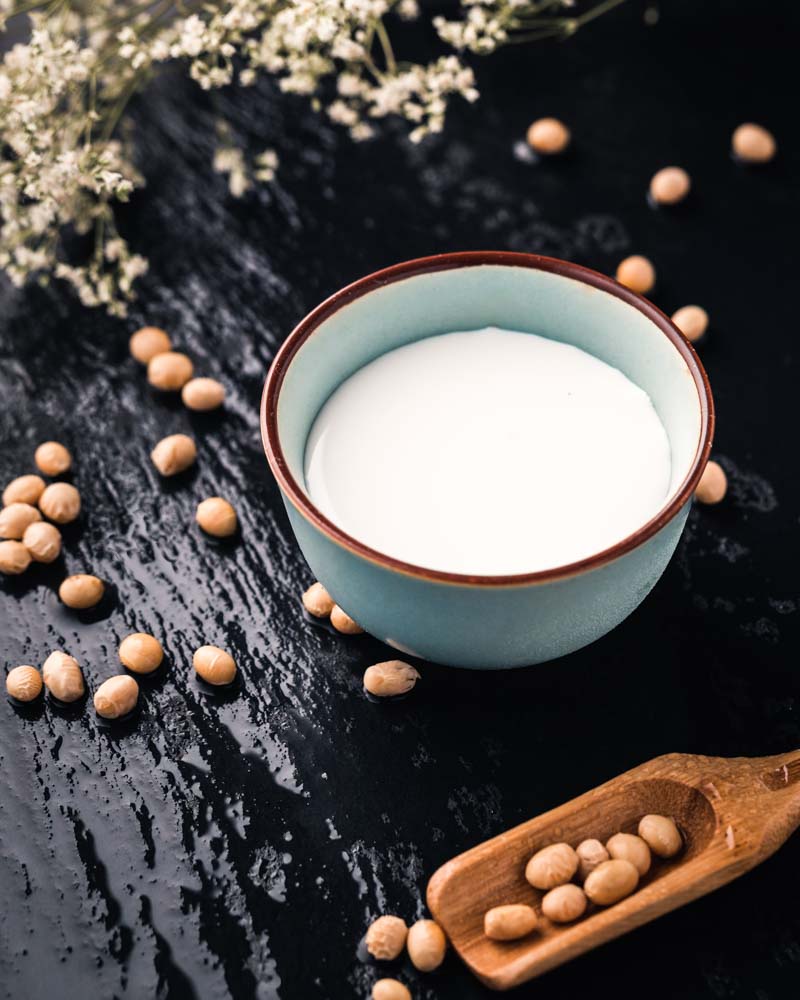
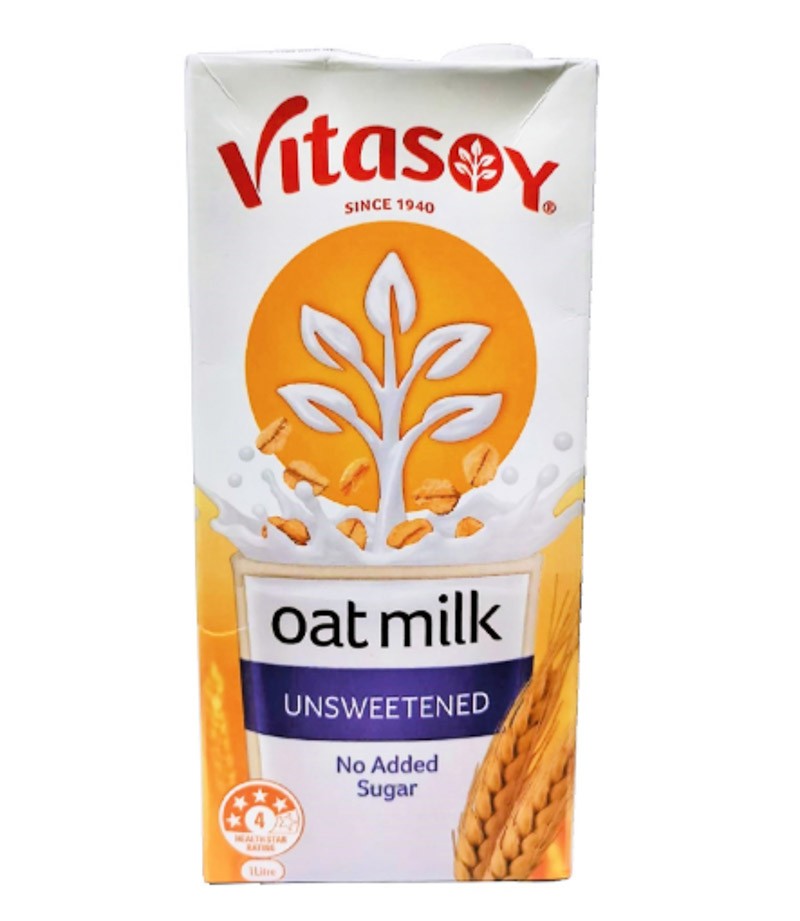
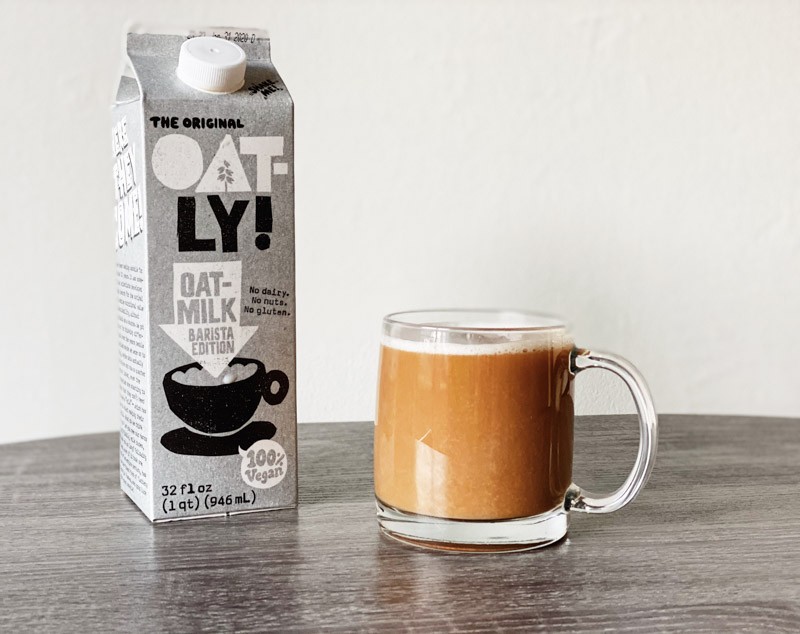
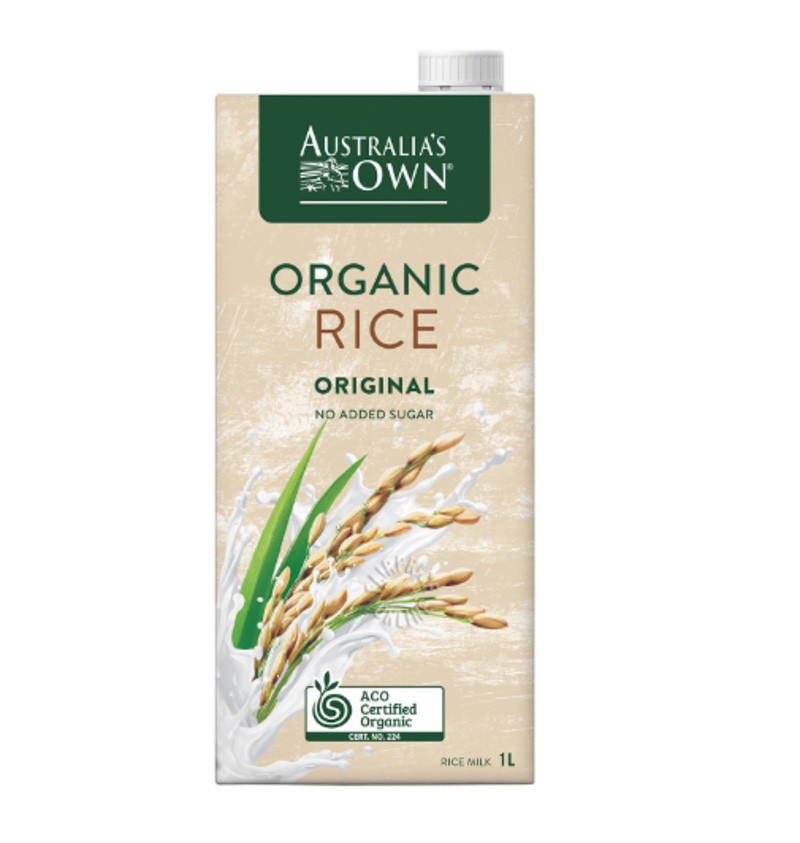
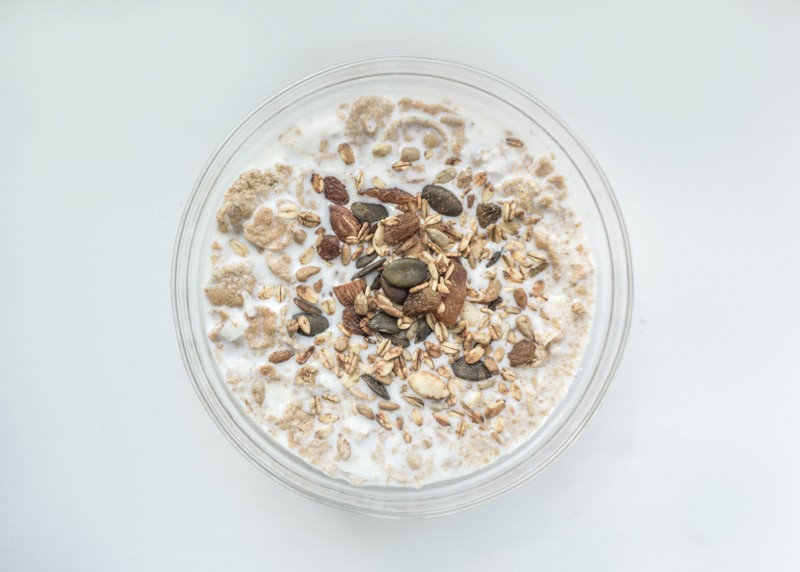





0 comments:
Post a Comment